Guru Purnima will be observed on July 21, 2024. According to Drik Panchang, the Purnima Tithi will start at 5:59 PM on July 20 and will end at 3:46 PM on July 21.
Millions of Hindus, Buddhists, and Jains across the world will observe Guru Purnima on July 21, 2024. Besides India, Nepal, and Bhutan celebrate the auspicious day with great fervour. Did you know Guru Purnima is the official Teacher’s Day in Nepal? Interesting, right?
Let’s discover some more interesting facts about the day with this blog and unearth the true essence of Guru Purnima.
Gurubrahma Guruvishnu Gururdevo Maheshwaraha |
Guruhu sakshaat Parambrahman tasmai Shrigurave namaha |
Meaning: “The Guru is Brahma, Vishnu, and Mahesh (Shiva), veneration to the Guru who is Parabrahman manifest.”
This shloka from Skanda Purana of Guru Gita speaks for the stature attributed to a Guru in Sanatan Dharma. The Guru is the amalgamation of all deities. The Guru is the figure in whom God manifests himself.
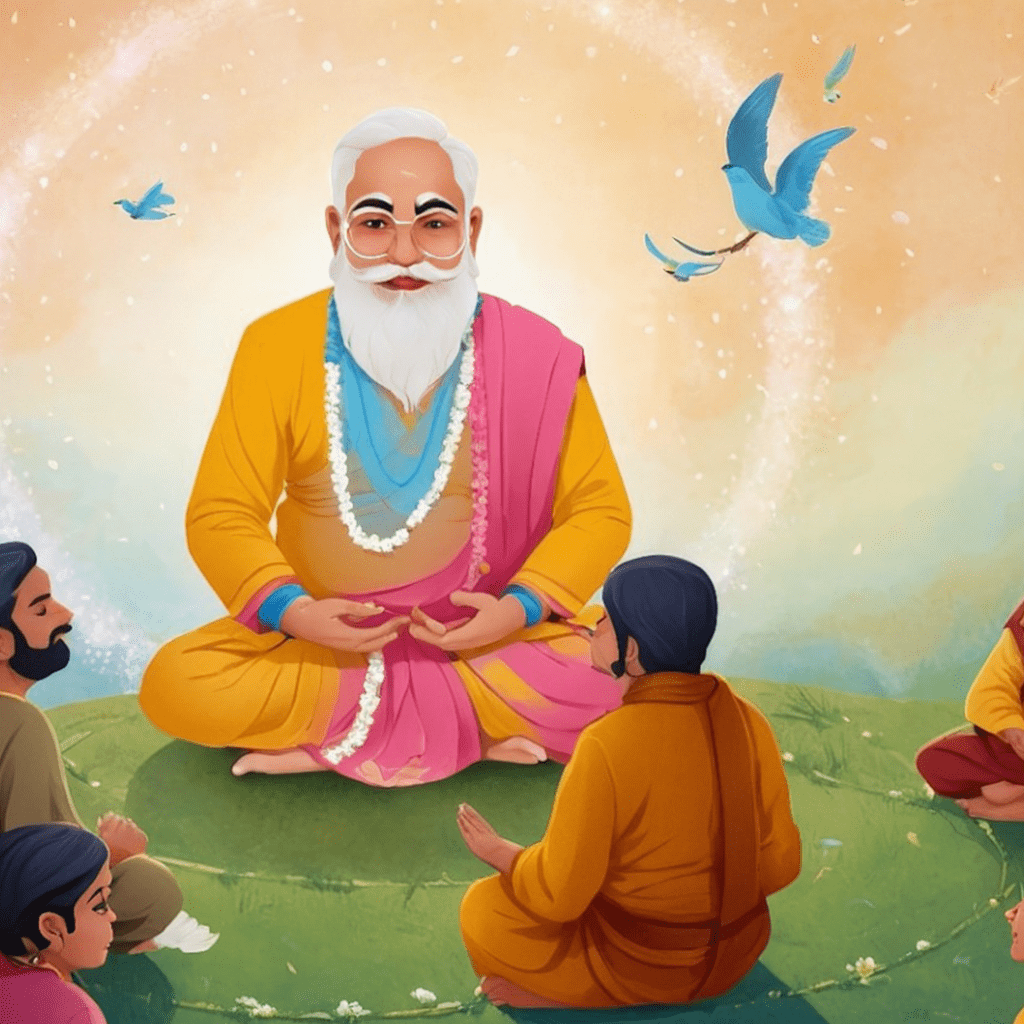
If one follows several dialogues from ancient Hindu scriptures, one will find a clear parallel drawn between God-realisation and the teachings of the Guru. And, the term God-realisation goes beyond realising the presence of the Almighty. Rather, it means realisation of Truth – the ultimate truth, on grasping which a mortal human being attains Moksha or Salvation.
Adi Shankaracharya, one of the most prominent Indian Vedic scholars and a teacher of Advaita Vedanta, illuminated the importance of a Guru when he said, “If a person, despite possessing: a handsome, disease-free body, fame, a mountain of wealth, and even if he has studied the Vedas and all other scriptures, and has himself composed many scriptures, but has not surrendered himself at the feet of a Guru, then he has achieved nothing, nothing, nothing, nothing.”
Thus, one can see how Knowledge means nothing if one does not possess the qualities of compassion, reverence, and humility. And it is this quality that the occasion of Guru Purnima highlights and invokes us to imbibe within ourselves.
The word ‘Guru’ is derived from two Sanskrit root words, ‘Gu’ meaning darkness and ‘Ru’ meaning one who dispels it. Thus, a true Guru is someone who holds our hand and leads us to the path of enlightenment, away from all confusion and ignorance.
Guru Purnima is celebrated by Hindus, Buddhists, and Jains – for reasons respectively sacred to all the cultures.
What better way to celebrate Guru Purnima than diving deep into the cultural significance of a day equally revered by followers of three religions and multiple communities? Let’s read more to know more.
Why is it celebrated?
Hinduism
Guru Purnima is also known as Asadha Purnima and Vyasa Purnima. The name Asadha Purnima denotes the first Purnima or Full Moon Day in the month of Asadha in the Hindu Lunar calendar which generally coincides with June or July in the Gregorian Calendar.
Then, why Vyasa Purnima? According to Hindu mythology, Guru Purnima is celebrated on the day Sage Parashar was born. Sage Parashar, right from his stage of infancy was said to possess an in-depth understanding of the world and its different temporal realms, that is, present, past, and future. As he grew up, he had an epiphany that led him to organise and draft his knowledge meticulously into four distinct parts of Vedas – the Rigveda, the Yajurveda, the Samaveda, and the Atharvaveda and disseminate it. Besides, he also wrote the eighteen Puranas and the Hindu epic Mahabharata. Sage Parashar was later known as Vyasa or Ved Vyasa and he is honoured by Hindus as the Adi (original) Guru.
But the tale of cultural significance does not end here. Another story suggests that Guru Purnima is deeply connected with Lord Shiva as well. Legend has it that many young men travelled uphills to the difficult terrains of the Himalayas to attain cosmic wisdom. But only a group of 7 young men persevered the extreme cold for 84 years with their strong-minded penance. Their penance appeased Lord Shiva, who then decided to bestow all his knowledge upon them to imbibe and further disseminate among other fellow human beings. The 7 young men on receiving his knowledge became the Saptarshis, or the Seven Gurus.
Buddhism
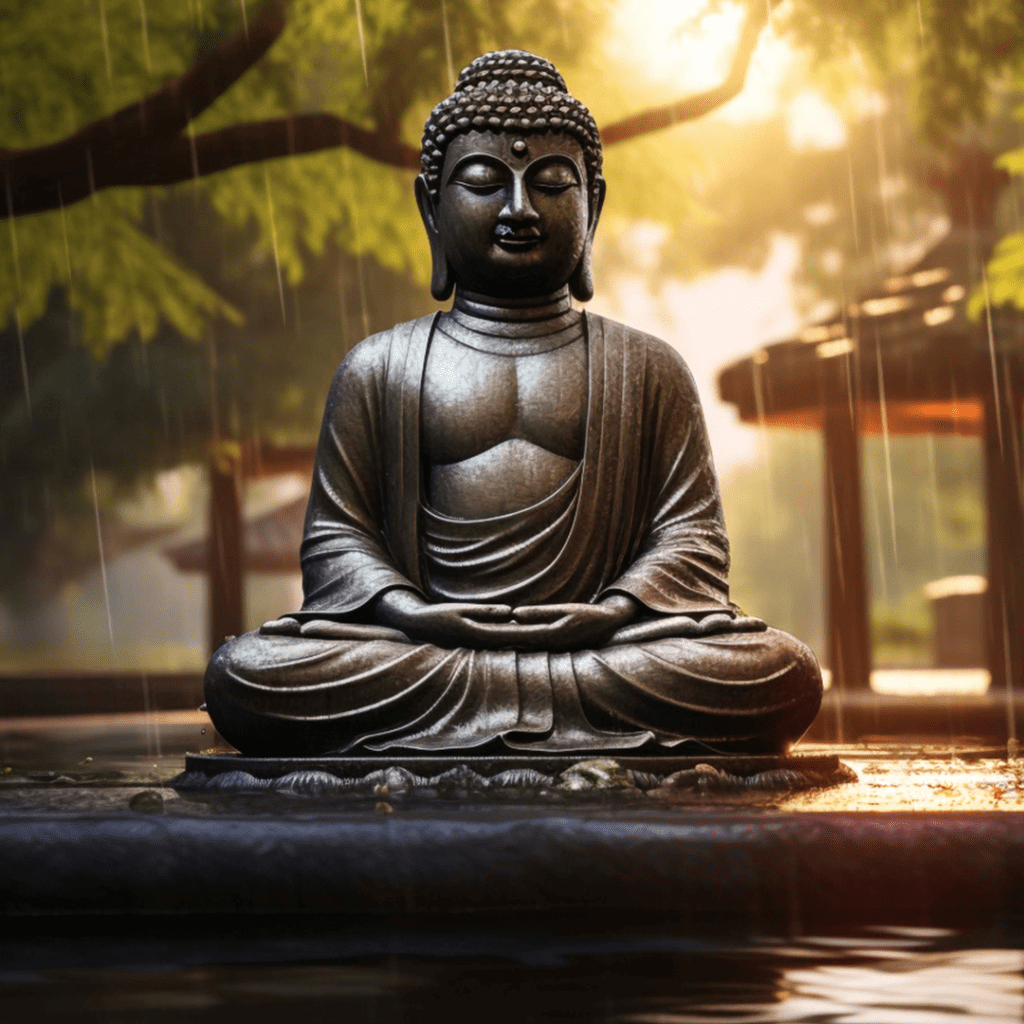
According to Buddhism, on the day of Guru Purnima, Gautam Buddha delivered the first sermon to his first five followers in Sarnath after attaining enlightenment. He also formed the Sangha or the community of disciples on that very day.
This event also known as Dharma Chakra Pravartana, is dedicated to reflecting on Buddha’s teachings and practicing his principles.
Jainism
Jains believe, on the other hand, that the occasion of Guru Purnima marks the day Lord Mahavira, the 24th Tirthankara, chose Indrabhuti Gautam or Swami Gautam as his first disciple or Ganadhara.
Guru Purnima is also known as Treenok Guha Purnima among Jains. Lord Mahavira became a Treenok Guha himself after selecting his first disciple.
How is it celebrated?
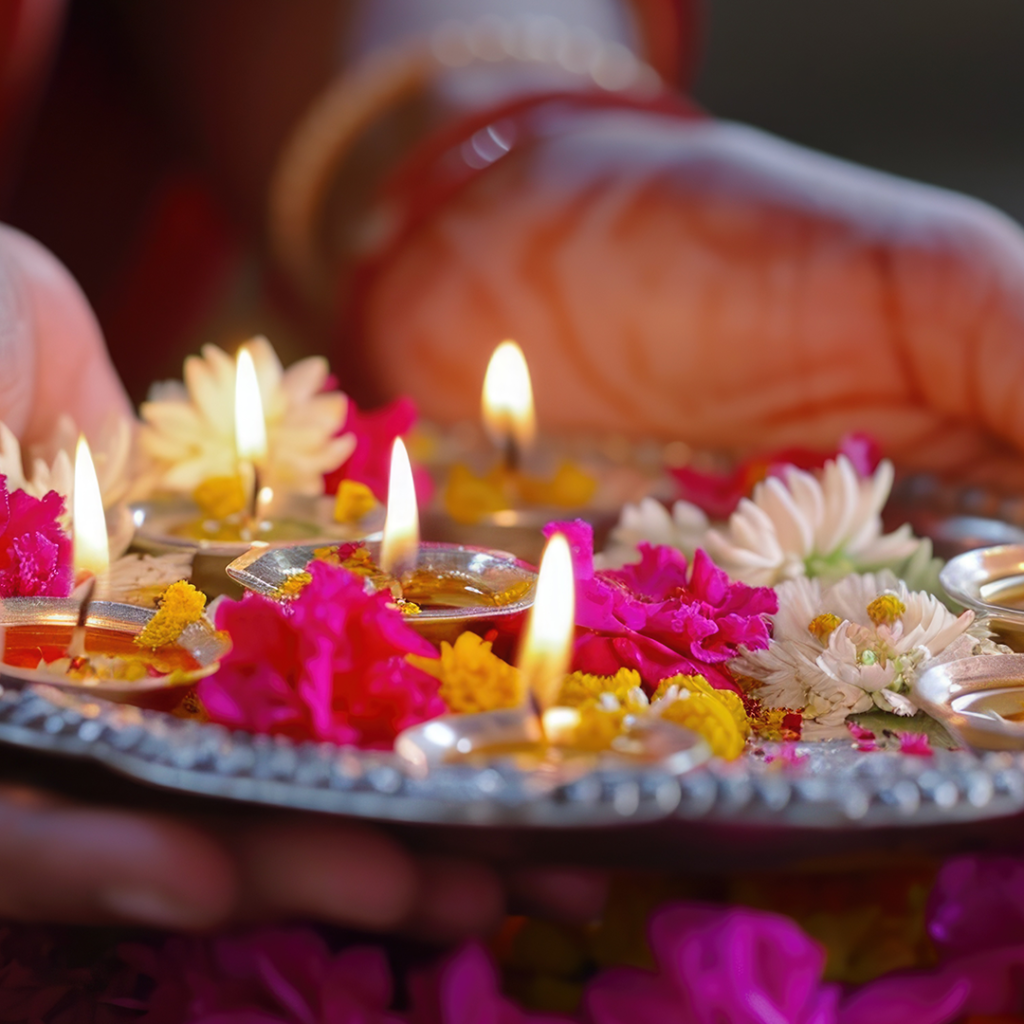
Despite the different tales behind the auspicious day of Guru Purnima, it is noteworthy that all cultures celebrate it similarly.
Disciples of different religious and spiritual Gurus gather and venerate their mentors in mind, action, and speech.
Hindus wake up early and offer Pujan to their Gurus and the Maha Guru, remembered through the recitation of the Maha Gita. Through the recitation, they show reverence to both the Guru and his teachings.
The Pujan is incomplete without offerings made in the form of flowers, gifts, prasad, and Charanamritha.
Ashrams dedicated to Veda Vyasa observe the day with Sandal puja.
Buddhists celebrate the occasion by offering prayers and vipassana (meditation) in the name of Gautama Buddha. They observe Uposatha, that is, the Eight precepts of this day and many also take vows on this day.
Many temple heads offer homage to their spiritual Gurus.
Schools and colleges also organise several functions to celebrate the contribution of teachers and lecturers in the path of acquiring knowledge and success. Alma mater of various institutions attend these functions to commemorate their educational and academic journeys.
The Nostalgic Note of Mr. Afzal Malbarwala
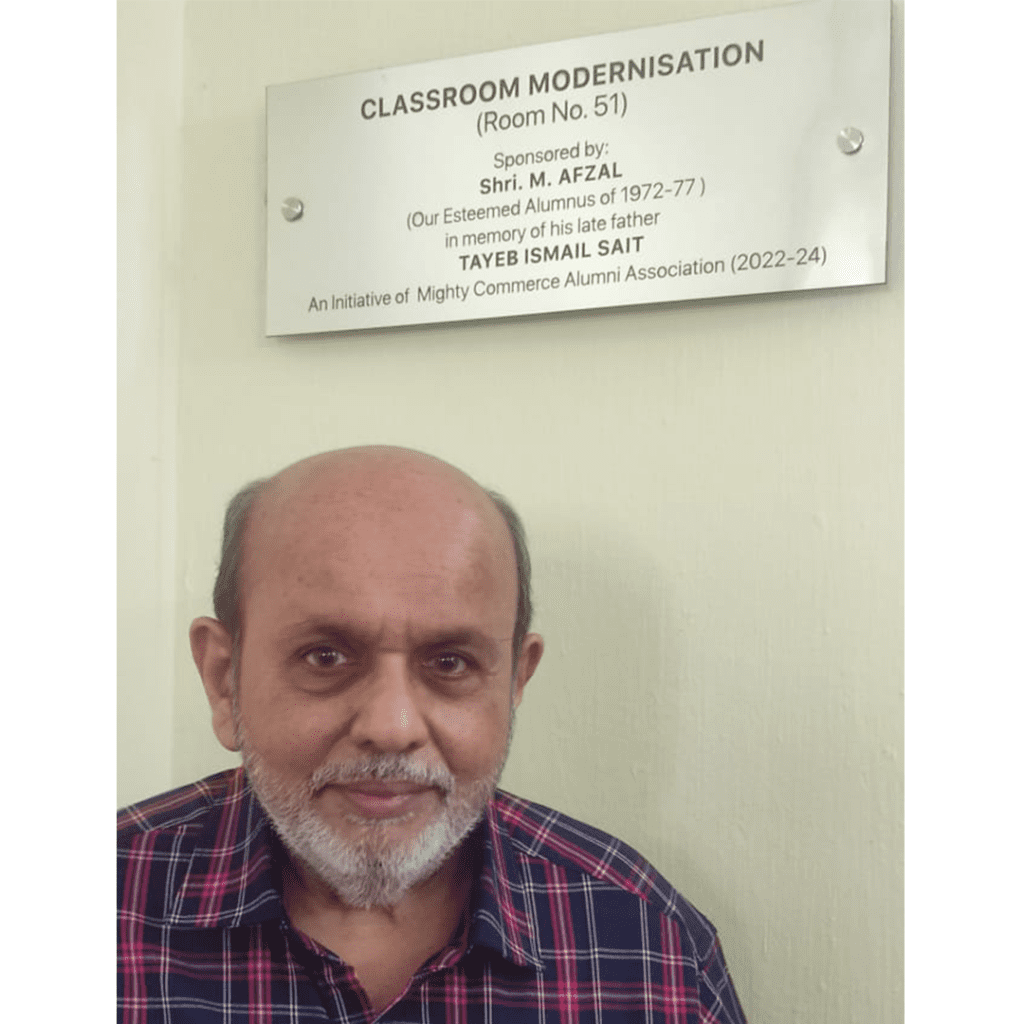
Afzal Malbarwala, besides being the Managing Director of Galaxy Freight, has also been a beacon of knowledge to a lot of people- his team, his employees, and his partners – who have been time and again guided by his wisdom. He continues to helm an entire business with his organisational prowess as well as the Air Cargo Agents Association of India (ACAAI), the premier recognized National Association representing the air cargo industry in India.
On the occasion of Guru Purnima, he feels elated to share some anecdotes of his academic life. A notorious backbencher in school, Mr. Malbarwala fondly recollects his first school, St. Joseph’s High School, and his beloved teacher, Mother Mary who taught him the very basics of the numeral system and the alphabet. For him, she was the foundation of all he had the privilege to learn later in his life. He also reminisced the day when he went back to Kerala to meet her in the 1990s, with his children and grandchildren and saw that his once sturdy teacher had grown old and fragile. Even though she is no more among us in her bodily form, she continues to bless from heavens above, we are sure!
A proud graduate of Sanatana Dharma College in Kerala, he continues to visit the college every year with his friends. This year’s visit in July proved to be extra special because the school management had decided to felicitate him for his efforts at renovating a part of his school building.
Mr. Malbarwala, 47 years after completing college, was felicitated in the presence of 18 of his classmates and several senior professors for his generous contribution to the institution’s welfare.
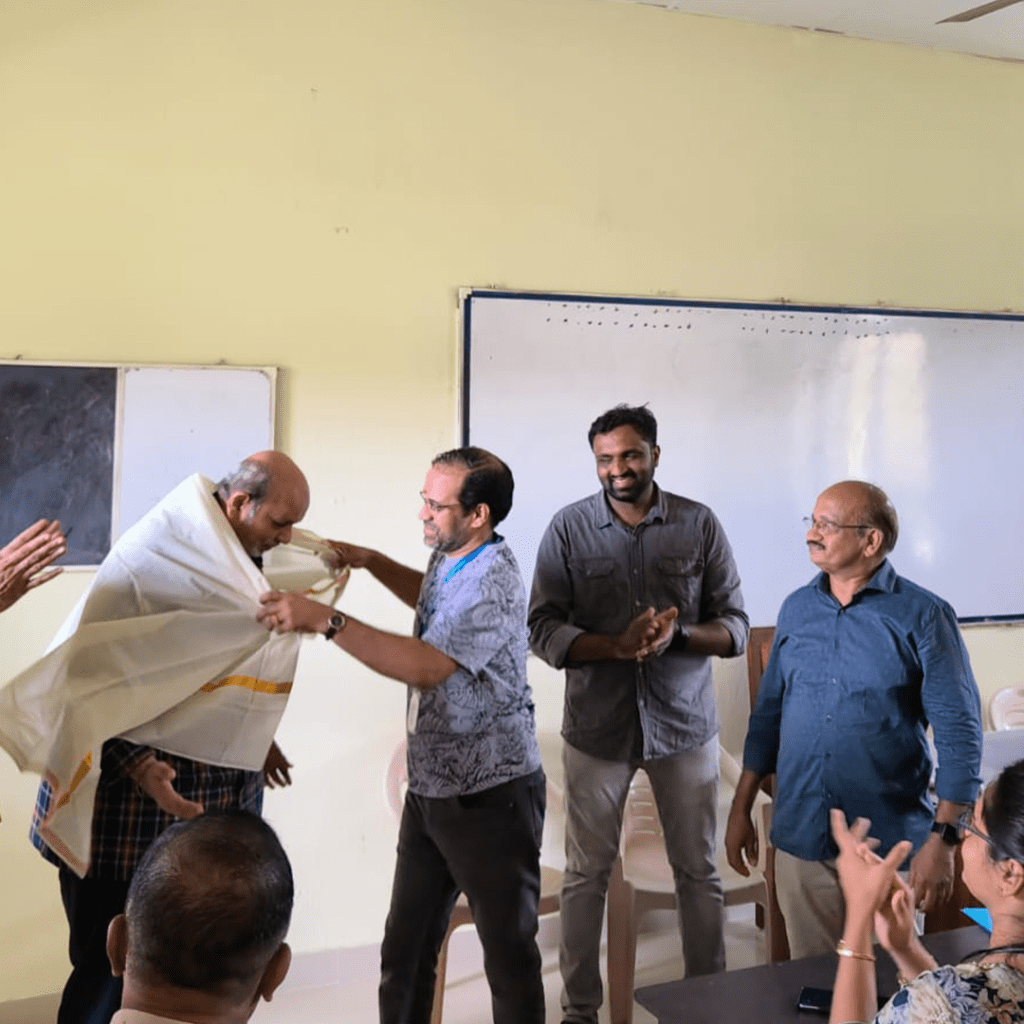
We hope all of our readers are equally compelled to think of their journeys and their bittersweet memories with their Gurus!
Let’s take a moment to appreciate how they shaped our lives and our entire existence. Happy Guru Purnima!



